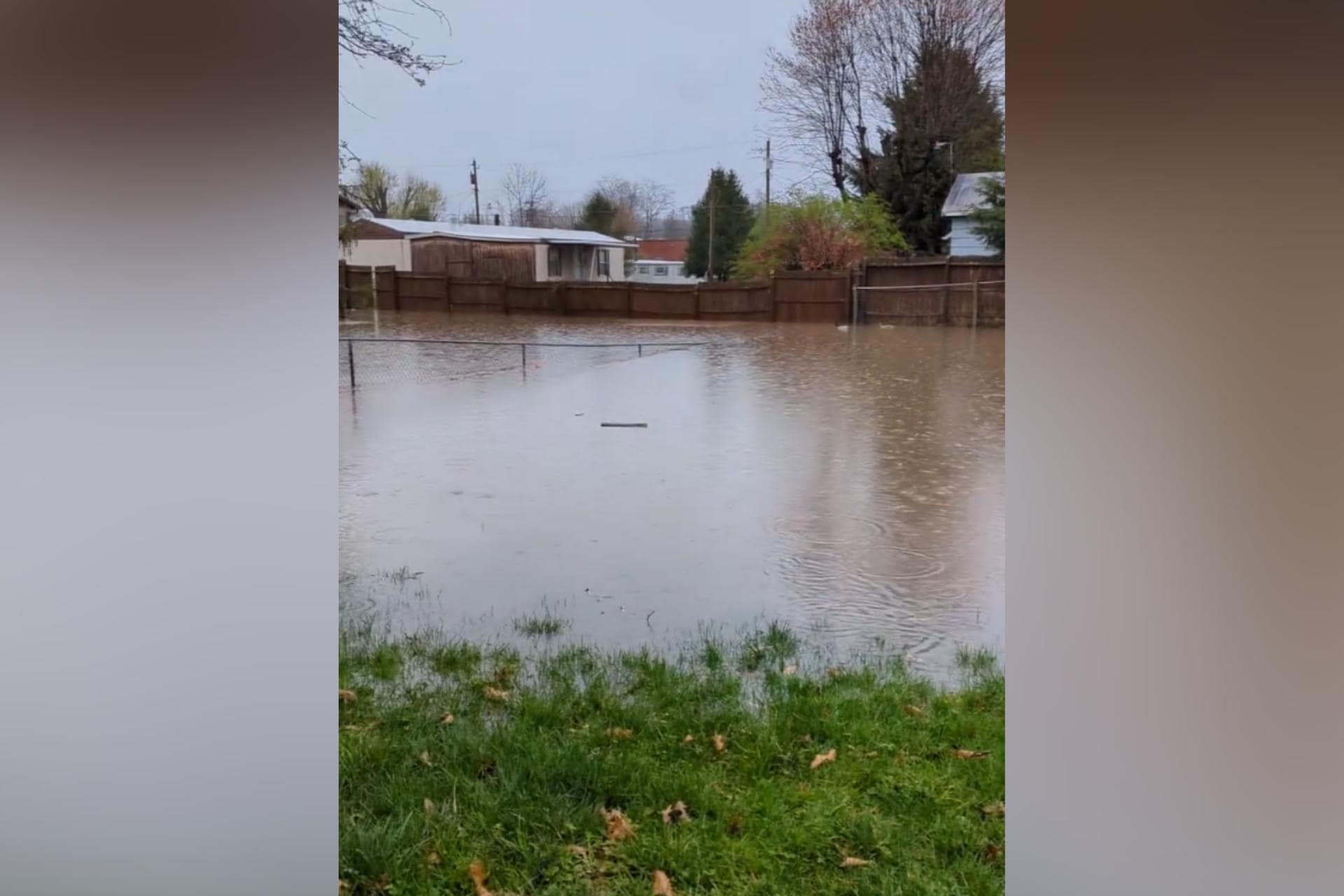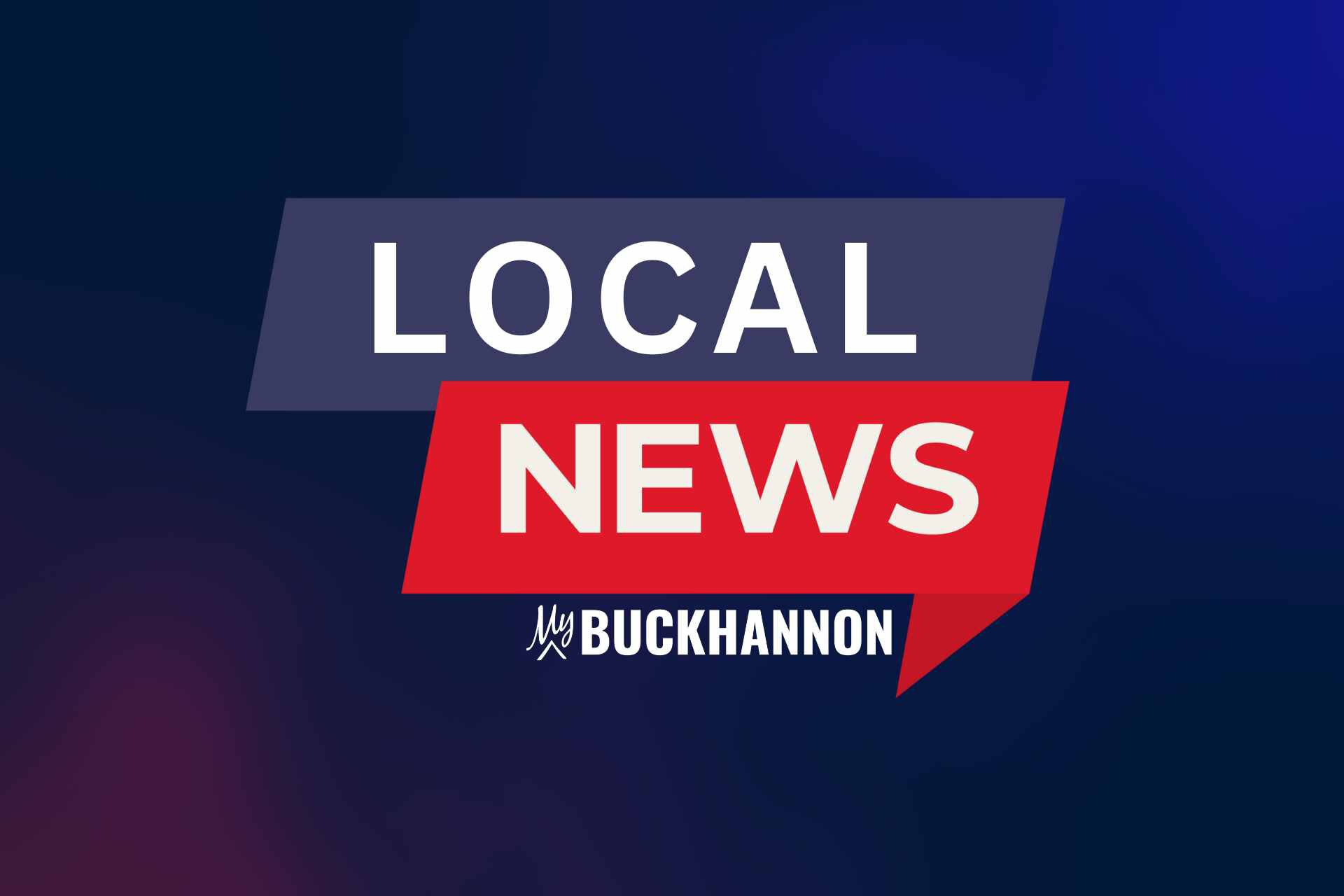BUCKHANNON – The West Virginia Economic Development Agency aims to generate an environment conducive to job creation and retention by dispensing financial assistance and credit enhancements.
Kris Warner, executive director of the West Virginia Economic Development Authority, attended the Oct. 13 Upshur County Commission meeting to discuss the EDA’s purpose and various services.
“We are often confused with the Department of Economic Development, but they work on attracting businesses to the state and showing specific pieces of property, but I want you to think of the EDA as the state’s bank,” Warner said. “We don’t compete with local banks, regional banks, but we’re here to help make those dollars go farther.”
In the most recent session of the West Virginia legislature, an economic development opportunity was created to provide new and existing businesses throughout the state with increased significant financial support.
“$400 million was provided to us at the EDA in dedicated loan funding, and another $200 million in funding for major projects as directed by Governor Justice, to meet certain parameters and those are focused on job creation in particular,” Warner said. “The seven main areas that we focus on are direct lending, loan insurance, broadband loan insurance, leverage technology, tax-exempt industrial bonds, foreign trade zone authority and working capital program.”
Financial assistance is available for fixed asset acquisition, for credit-worthy manufacturing concerns, industrial process complexes, distribution centers, high technology industries, technology-based service companies and recently added destination tourism.
“Job creation or retention is an important factor, we like to keep the amount of money that we lend to approximately $75,000 per job created or retained and we do as much in the way of retention as we do new job creation,” Warner said. “Participation is limited to no more than 45 percent on land and or building loans, no more than 40 percent on a readily marketable equipment loans and no more than 35 percent on specialty or custom-built equipment loans, so consequently, we need financing partners to do each project targeted for state economic investment.”
Eligible uses of loan funds are for the acquisition of land buildings or real property improvements of fixed machinery or fixed equipment.
“Rolling stock inventory or other typical working capital needs don’t qualify for direct loan funding, loan terms are amortized up to 10 years for equipment secured loan and up to 15 years for real property secured loans,” Warner said. “All loans require a sole or shared first lien security position to be pledged as collateral on all project assets and loans are for permanent financing only, not for construction or acquisition purposes. The borrower must provide proof of project construction period funding with a loan application, so we typically get involved early on in the process, but we’re considered takeout financing, so the bank provides that financing through construction, but they have that guarantee at the end that we’re providing the takeout financing.”
The direct lending programs are for applicants seeking a minimum WV EDA participation of $50,000 and they just increased their maximum loan amount of $15 million.
“Interest rate for the WV EDA loan participation amount will be tied to the yield of a comparable US Treasury debt instrument plus 1 percent, right now that’s about 4 ½ or 4 ¾ percent,” Warner said. “The rate scenario has a floor of 2 percent and no ceiling, a personal guarantee of any owner with 20 percent or more of the subject business is required and then a revocable letter of credit with EDA as the beneficiary for the full amount of outstanding EDA loan participation may be substituted for a personal guarantee.”
The working capital loan program and the EDA may consider requests to finance permanent working capital loans up to $500,000.
“The EDA has a limited pool of funds derived from former federal funding resources available for a term which are the revolving working capital loans,” Warner said. The EDA is prohibited from funding permanent working capital loans with traditional state funding sources, the EDA will apply the same underwriting criteria for this program as we’re using federal funds as it does for all other loan programs. Eligible uses of loan funds are for the acquisition of land building real property improvements of fixed machinery and fixed equipment or permanent working capital needs or recovering.”
The loan insurance program provides stop-loss coverage for up to 80 percent of the declining principal balance of an amortizing secured personal, guaranteed loan.
“The WV EDA is insured a portion cannot exceed $500,000 and is for a maximum term of four years,” Warner said. “The applicant applies directly to the bank, which negotiates collateral interest rates and loan covenants and keeping with its own lending guidelines.”
Their broadband insurance program encourages entities to take credit risks to extend or expand broadband services in unserved or underserved areas.
Broadband loan Insurance could insure up to 80 percent of a bank loan for broadband and infrastructure or development,” Warner said. “The insured portion of the loan cannot exceed $10 million and could be for a maximum of 20 years. The bank must hold a clear first lien position on project assets that can be assigned to the WV EDA in the event of a payout from this insurance product.”
Technology businesses utilizing innovative technology for manufacturing tangible products could apply for expanded loan insurance coverage.
“The leverage technology program has a loan insurance program where the EDA insures up to 90 percent of the bank loan and WV EDA’s insured portion cannot exceed $500,000 in it’s for a maximum of five years,” Warner said.
The EDA administers the state’s annual tax-exempt bond allocation.
“Last year was about $335 million from the US Treasury for the issuance of tax-exempt industrial revenue development bonds for qualifying projects,” Warner said. “The EDA also acts as the bond market conduit for commercial enterprises wishing to access the market in this manner.”
Warner explained the concept of foreign trade zones to close his presentation.
“Foreign Trade Zones are secure areas under US Customs and Border Patrol supervision that are considered outside the customs territory of the US for the purposes of customs duty payment upon activation under the regulations for the US Customs Service,” Warner said. This doesn’t allow a tax-free zone and just simply allows those businesses to decide whether they’re being taxed on the way it’s are products coming in, or they can determine if they want to be taxed on the way out of that zone. The EDA is the state foreign trade zone authority and acts in the role of grantee for commercial enterprises wishing to access trade tariff timing advantages by becoming an operator in one of the authorized zones.”




















